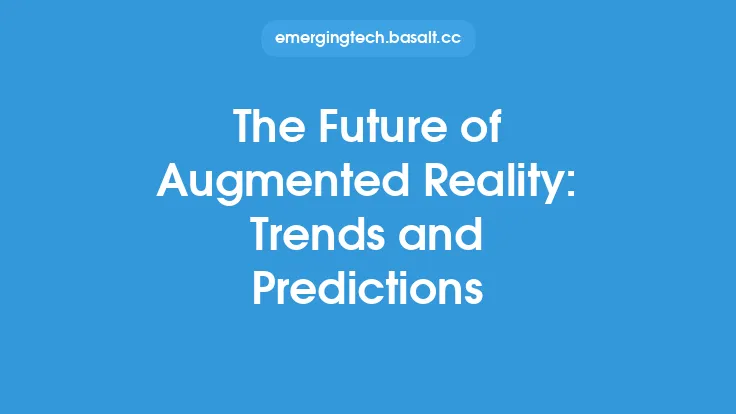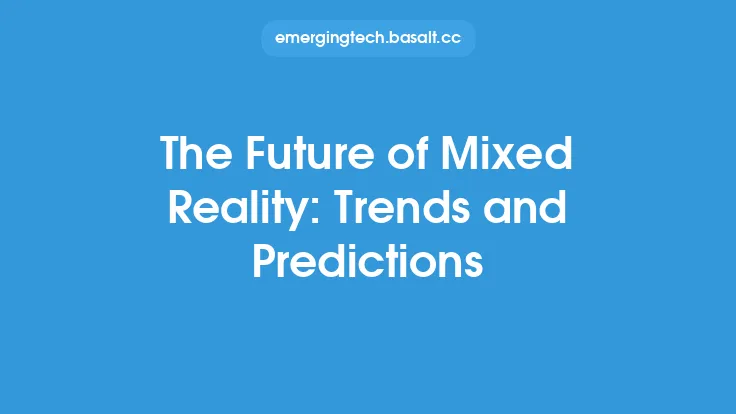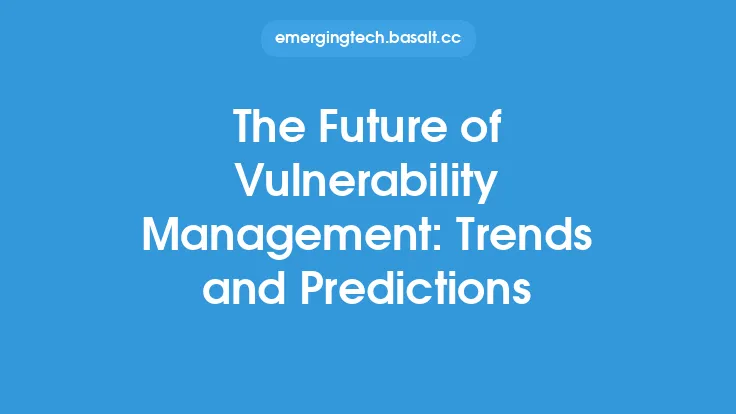The world of smart contract development is rapidly evolving, with new trends and innovations emerging every year. As the blockchain ecosystem continues to grow and mature, the demand for more sophisticated and efficient smart contracts is increasing. In this article, we will explore the current state of smart contract development, the trends that are shaping the industry, and the predictions for the future.
Current State of Smart Contract Development
Smart contract development has come a long way since the introduction of the first smart contract platform, Ethereum. Today, there are numerous platforms and frameworks available for building and deploying smart contracts, each with its own strengths and weaknesses. The most popular platforms include Ethereum, Binance Smart Chain, and Polkadot, while frameworks like Truffle, OpenZeppelin, and Hardhat have made it easier for developers to build, test, and deploy smart contracts. Despite the advancements, smart contract development still faces challenges such as scalability, security, and usability.
Trends in Smart Contract Development
Several trends are currently shaping the smart contract development landscape. One of the most significant trends is the increasing adoption of decentralized finance (DeFi) applications, which rely heavily on smart contracts to facilitate lending, borrowing, and trading of digital assets. Another trend is the growing use of oracles, which provide smart contracts with real-world data, enabling them to make more informed decisions. The rise of non-fungible tokens (NFTs) is also driving innovation in smart contract development, as developers create new and innovative ways to represent ownership and provenance of digital assets.
Predictions for the Future of Smart Contract Development
As the blockchain ecosystem continues to evolve, we can expect several predictions to come true in the near future. One prediction is the increased use of artificial intelligence (AI) and machine learning (ML) in smart contract development, enabling contracts to become more autonomous and adaptive. Another prediction is the widespread adoption of homomorphic encryption, which will enable smart contracts to perform computations on encrypted data, improving security and privacy. We can also expect to see more emphasis on usability and user experience, as developers create more intuitive and user-friendly interfaces for interacting with smart contracts.
The Role of Interoperability in Smart Contract Development
Interoperability is becoming increasingly important in smart contract development, as developers seek to create contracts that can interact with multiple blockchain platforms and ecosystems. This will enable the creation of more complex and sophisticated applications, such as cross-chain lending and trading protocols. Several solutions, such as Cosmos and Polkadot, are already working on enabling interoperability between different blockchain platforms, and we can expect to see more innovation in this area in the future.
The Impact of Regulatory Environment on Smart Contract Development
The regulatory environment is also playing a crucial role in shaping the future of smart contract development. As governments and regulatory bodies begin to take notice of the growing importance of blockchain and smart contracts, we can expect to see more clarity and guidance on the regulatory front. This will enable developers to build more compliant and regulatory-friendly smart contracts, which will be essential for the widespread adoption of blockchain technology. However, over-regulation could also stifle innovation, and it is essential to strike a balance between regulation and innovation.
The Future of Smart Contract Development: Opportunities and Challenges
The future of smart contract development holds many opportunities and challenges. On the one hand, the increasing adoption of blockchain technology and the growing demand for more sophisticated smart contracts will create new opportunities for developers and entrepreneurs. On the other hand, the industry will need to address challenges such as scalability, security, and usability, which are currently hindering the widespread adoption of smart contracts. Additionally, the regulatory environment will need to evolve to accommodate the growing importance of blockchain and smart contracts.
Conclusion
In conclusion, the future of smart contract development is exciting and full of possibilities. As the blockchain ecosystem continues to evolve, we can expect to see new trends and innovations emerge, such as the increasing adoption of DeFi applications, the growing use of oracles, and the rise of NFTs. We can also expect to see more emphasis on interoperability, usability, and regulatory compliance. However, the industry will need to address challenges such as scalability, security, and usability, which are currently hindering the widespread adoption of smart contracts. As the industry continues to mature, we can expect to see more sophisticated and efficient smart contracts, which will enable the creation of more complex and innovative applications.





